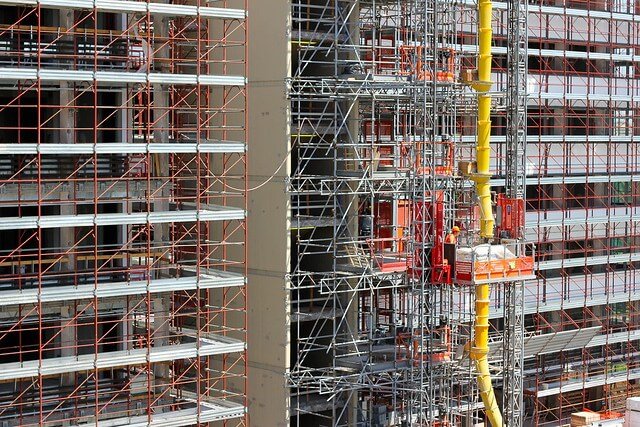
How to properly, and legally evict a tenant will depend entirely on the factors of your current situation; including whether they have broken the tenancy terms and conditions or not and whether you live with them. Each different set of circumstances will come with a different course of action to take ensuring that your eviction is in-keeping with its relative legalities.
It is of the utmost importance that you follow the UK’s rules and regulations for eviction of a tenant, as failure to follow these laws could result in considerable penalties, and will also significantly reduce the chance of the tenant actually being evicted. If you have failed to comply with the UK’s regulations for evicting a tenant, you may be found guilty of such crimes as harassment, resulting in an illegal, and further invalid, eviction.
Through this piece, Magnet Capital will be taking you through the legal process of evicting a tenant.
How to evict a tenant with an assured shorthold tenancy?
There are two different types of assured shorthold tenancies out there, these being as follows:
- Fixed-term tenancy – as the name suggests, a fixed term date is a tenancy that runs for a set, or “fixed”, period of time.
- Periodic tenancy – this type of tenancy has no set end, and is ran and renewed every week or every month dependent upon the specified contract.
As with the eviction of any tenants, those who are under an assured shorthold tenancy must be evicted in a set legal process. If you want your tenants to leave after the end of their fixed term, you must provide them with a Section 21 notice. You can use a Section 21 notice on those with any type of assured shorthold tenancy, these being either a fixed-term tenancy or a periodic tenancy.
If a tenant has gone against the terms and conditions of their tenancy, you can also provide the tenant with a Section 8 notice. With this notice, you can give a tenant a time period of anything from two weeks to two months in which to vacate the property. The length of notice given will depend entirely on the extent to which they have broken the terms and conditions of the contract.
How to evict a tenant with an excluded tenancy
An excluded tenancy is a type of tenancy in which the tenant will be living/sharing the same accommodation as the landlord. With this type of tenancy, you will not have to take your tenants to court to legally evict them. You will only have to give your tenant reasonable notice. Reasonable notice is usually measured as period of the routine rental period; e.g. if the tenant pays their rent monthly, a reasonable notice period would be one month long.
What to do if tenants refuse to leave
If the tenant(s) refuse to leave by the eviction date, the next step should be to apply for a standard possession order. This will also help you to get back any money owed in rent that the tenants have failed to pay. If you tenants still refuse to leave even after a court standard possession order has been implemented, you can then get a warrant for possession.
With a warrant for possessions, bailiffs can legally visit to remove the tenants from the premises of your property. To find out more about warrant for possessions and how to apply, please click here.
So long as you adhere to the rules and regulations of the UK’s laws surrounding tenant eviction, it should be a quick and simply process to evict a tenant if needs be. Follow our site for more tips relating to property management and development finance in the UK.




















Recent Comments